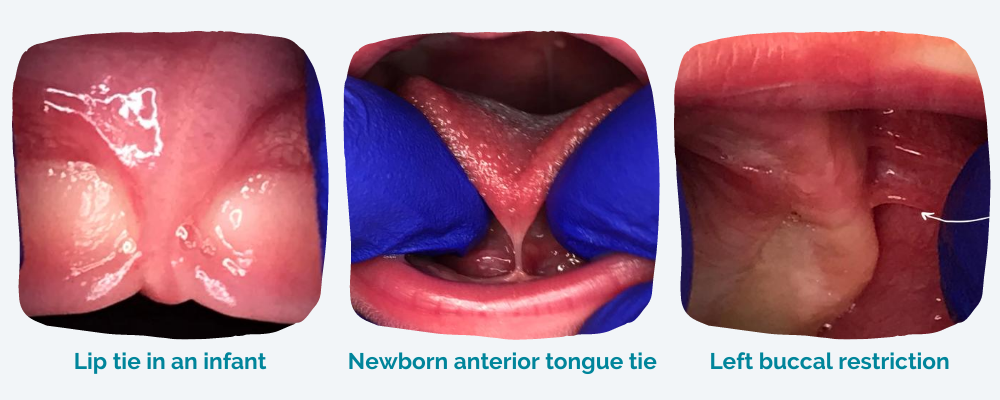Introduction to solids: What the heck should can I feed my baby?
Helping mamas thrive in motherhood is my passion and because I have a background in nutrition, health & wellness, mamas will often ask about the introduction of solids for their babies. I’ve decided to address this question in a brief blog post for mamas. My hope in doing so is that mamas will gain some knowledge and can feel empowered and ultimately thrive in motherhood while raising their little ones. Introducing solids can be stressful and as such, I hope this will help mamas by giving them some insight on a very important topic that is often not spoken about in their well visits with their family physician or paediatrician which is gastrointestinal (gut) health.
Most mamas are advised after 6 months that their breastmilk (if choosing to breastfeed) cannot provide the appropriate amount of iron needed for the development of their babe. While this is absolutely true, mamas are often told the best way to optimize this critical mineral for brain development is through iron fortified cereal. There are a few issues with this suggestion and I will go through them briefly.
Whenever we want to obtain nutrients from our diet for our body to absorb, we must not only consider the quantity of the nutrient in our diet but also the quality of the nutrient within the foods we choose to give our babies and whether the body can absorb these nutrients efficiently. Unfortunately, iron fortified cereals often contain heavy metals such as arsenic and lead in exceeding amounts which are both neurotoxins and affect brain development. A national study in 2017, found 95% of baby foods that were tested contained toxic chemicals that lower babies’ IQ. The easiest and simplest way to reduce the impact of chemical and neurotoxin exposure to our young babies is to provide them with unprocessed, organic wholesome food.
What does unprocessed, organic wholesome food really mean?
For babies starting solid foods, this means choosing (to the best of your ability) organic foods as these foods will have significantly less chemicals and toxins as they are not sprayed with pesticides, herbicides or other chemicals such as the well known glyphosate (roundup). This is crucial in the first few years of life because heavy toxic exposure on the developing body systems and organs can impact the overall health and wellness as they grow.
Wholesome foods, for me, refers to the most natural and unrefined state. When introducing foods to your little, think about how much processing has occurred before it hits your baby’s mouth. The processing of food not only removes important nutrients but it usually adds preservatives, sugar, unhealthy fats and other potential chemicals that are not important or healthy for a developing baby. In a time where each bite counts in optimizing their nutritional intake, choosing unrefined whole food increases their nutritional demand for certain nutrients.
So what about gut health and introduction to solid food?
Heavy toxic exposure through processed foods not only impacts brain development but also impacts our guts. Babies are naturally born with “open guts” which allows antibodies from mom’s milk to pass through the gut lining and reach the baby’s bloodstream. This is a good thing as this is one of the ways that breastmilk provides babies with immune support and protection; however, we want to reduce the amount of other potential proteins that can slip through their “open guts” and create an unwanted inflammatory or immune response. This can create food allergies. Often, moms will see skin reactions which can be an indicator of a food allergy as the body will create a response to the allergen and it will present on the skin.
Our skin health can be a good indicator of the integrity of our gut lining as our skin is the largest organ of elimination and detoxification. Our body will push out toxins through the skin and this can be evident in children with food allergies and skin irritations as the body has mounted an immune response to that type of food protein that the body has determined to be a threat as it slipped through the intestinal wall. While this maturing of the gut lining starts to happen after 6 months; being careful with the introduction of solids can reduce the risk of immune responses to certain food proteins.
Additionally, the research has now proven that our gut health plays a significant role on our overall health and wellness but it has now been determined that our gut microbiome is set within the first 2-3 years of life.
What does this really mean for babies?
I like to explain this like an ecosystem. We are all born with certain bugs within our guts, our lungs, our skin, etc. and this is determined how we are birthed into the world (vaginal vs c-section and mother’s flora). An ecosystem that has varying species thrives compared to an ecosystem with very little species. We are made up of way more viruses, bacteria, fungi and protozoa than human cells and just like an ecosystem, diversity is key in flourishing. Our ecosystem can have different “bugs” as we age but they will be transient (meaning they will not colonize and stay in our gut). The exception to this is in the beginning years of development where we can influence “the ecosystem”, or our gut microbiome by introducing as many species as we can to set in a powerful and diversified gut. This is crucial for our babies as we can literally set the stage for their health by influencing their gut and creating a broad spectrum of gut bugs to help them thrive in life. Once that window closes, we cannot change the terrain.
Science has found a link between the gut bacteria in little ones and the prevalence in health conditions such as asthma, eczema, allergies, ear aches, colds, inflammatory bowel disease to name a few. In my opinion, this is fascinating and although the research in nutrition and the gut microbiome is only scratching the surface, it makes sense to include foods high in probiotics, prebiotics (feed the gut bugs) and foods that nourish the gut lining along with adequate iron, protein and healthy fats as first foods for babies.
So what is an alternative to iron fortified cereal as a first food for baby?
Instead of iron fortified cereal which only has a 4% absorption rate for iron, moms can choose animal protein foods such as liver. The iron in liver will be much better absorbed since baby’s readily make the enzyme necessary to digest protein and fat once introduction to solids begin compared to the starch enzyme, amylase which is not readily available for babies to fully digest starch until later on (closer to 8-12 months or when the first molars come in which is much later).
Bone broth is another gold star for baby’s first foods. It provides an abundance of nutritional support; however, one main important role is its ability to nourish the gut lining. Without a doubt, I’d encourage moms to introduce fermented foods such a raw unpasteurized sauerkraut to their babies early on. Moms can slowly introduce by giving a tiny amount of the juice from the sauerkraut and the continue with whole sauerkraut. A little amount goes a long way in helping establish a wide range of gut bugs.
Cod liver oil is also a superfood for babies as it provides healthy DHA for brain health and nervous system support. It also provides anti-inflammatory support for the gut lining and helps colonizes probiotics in the gut. Always ensure it is a high quality supplement when purchasing by looking at the ingredients, the purity and testing of the product. Cod liver oil also naturally provides vitamin A and D.
Some tips when introducing solid foods the wholesome way:
Freeze raw liver in small batches, grate frozen liver and add to other animal protein while cooking. Adding breastmilk or bone broth after cooking for desired consistency can help.
Put homemade bone broth in a cup or sippy cup at meal time instead of water all the time.
When giving vegetables, ensure they are steamed well and add healthy fats such as butter, ghee, coconut oil or other animal fat to help with absorption and fat intake.
For any moms reading this, my intention is not to place any sort of guilt if this is not the way you have introduced solids to your little ones. What we do not know, we cannot possibly understand and we make choices based on the information we have at hand. When we know better, we do better as cliche as it may sound. So, mama the best thing you can do for your little one is NOT TO STRESS about the introduction of solids as stress greatly impacts our gut health and as I mentioned above, my passion is in helping mama’s thrive in motherhood. Trust your gut and if you have any reservations, questions or doubt, do not hesitate to reach out to your healthcare professional.
Wishing you an abundance of love, peace, health and happiness as you journey through motherhood and get into the messy food stage!
Xo
Karla, BScN, C.H.N.C
Website: https://www.nourishingyoukindly.com/
Instagram: @karla_nourishing_you_kindly
***Karla is a certified holistic nutritional consultant and Registered Nurse with additional training in maternal mental health and owner of Nourishing You Kindly (NYK). NYK is not providing information as a medical doctor, naturopath, psychologist, herbalist or dietitian. The information provided is for educational purposes only with the intent to encourage, empower and teach you how to nourish your little one.***
References
Anderson, S. C., Cryan, J. F., Dinan, T., (2017). The Psychobiotic Revolution. Washington, DC: National Geographic Partners.
Erlich, K. Genzlinger, K. (2018). Super Nutrition for babies: The best to nourish your baby from brith to 24 months. Beverly, MA: Quatro Publishing Group USA Inc.
Houlihan, J. Brody, C. (October 2019) What’s in my baby’s food? Retrieved from: https://www.healthybabyfood.org/sites/healthybabyfoods.org/files/2019-10/BabyFoodReport_FULLREPORT_ENGLISH_R5b.pdf
Walker, A., (May 2019). Microbiome: The first 1000 days. Retrieved from
https://www.health.harvard.edu/blog/microbiome-the-first-1000-days-2019051516627?fbclid=IwAR1zfR9Gfg34wrrbkX9qsRKZiYtwV3XiiofuZVBka4sQEZ1iYWuNu_ysP4o









